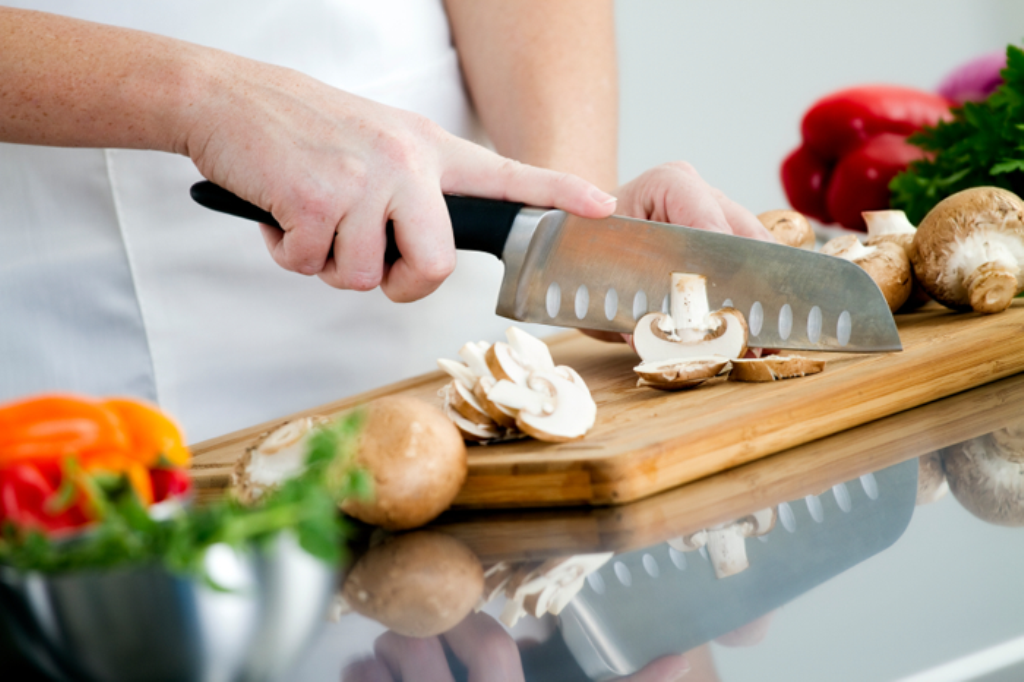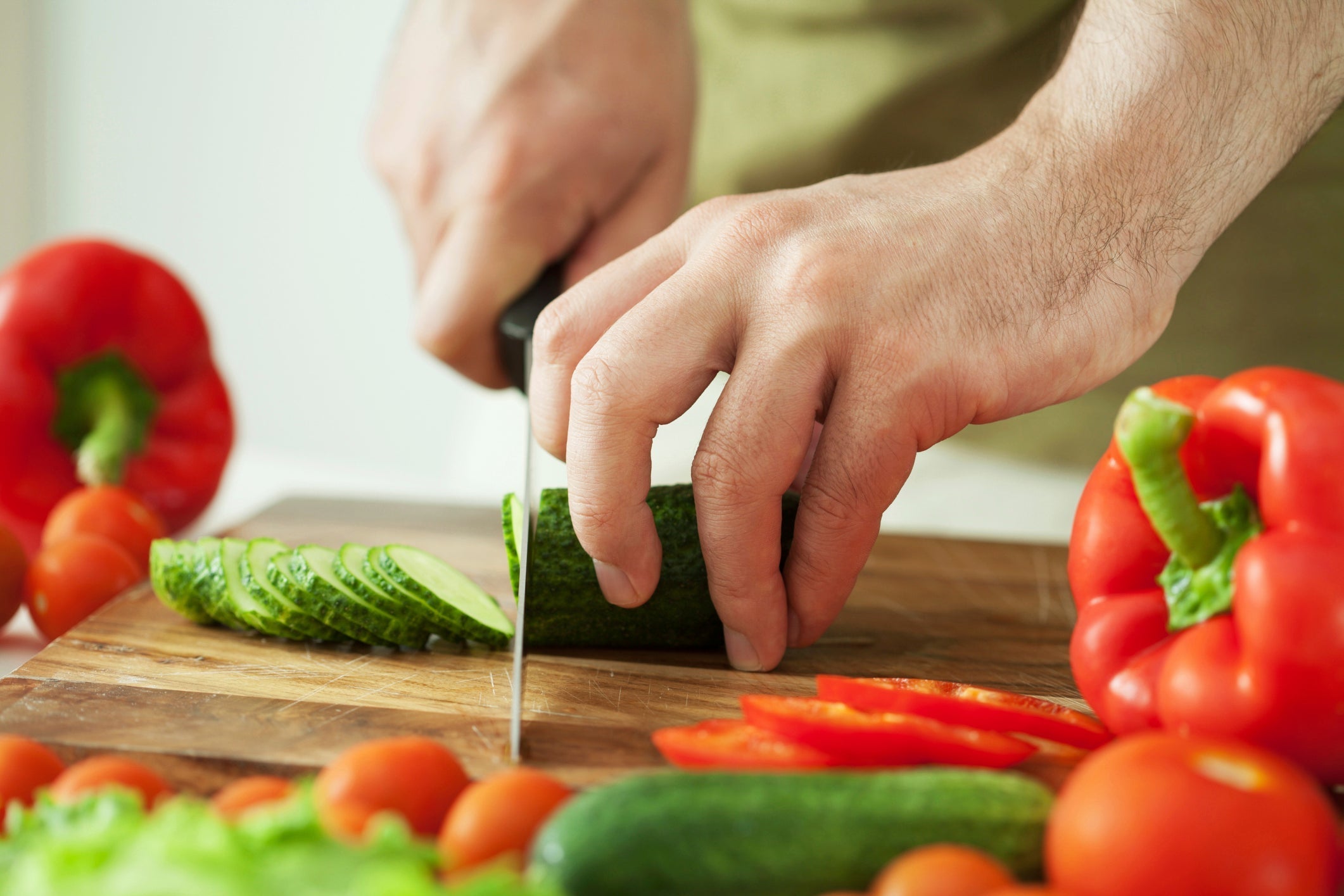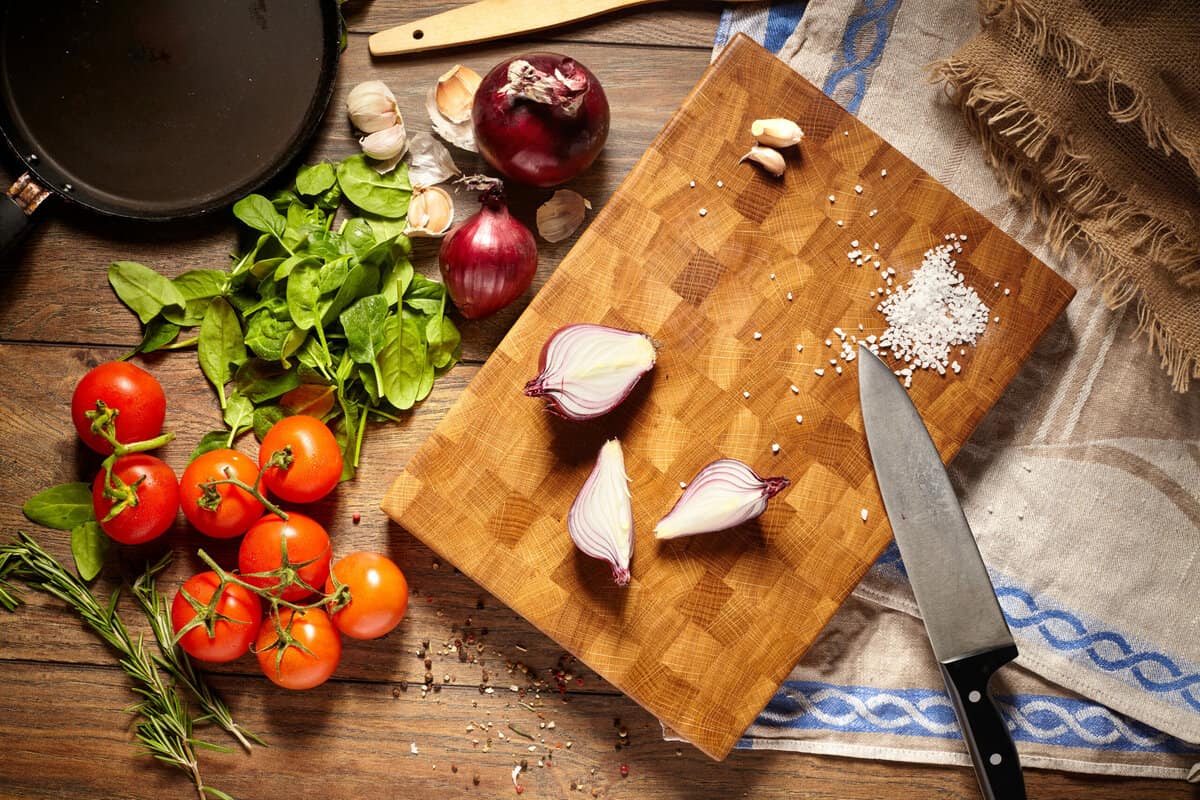If you are a kitchen professional or just someone who loves a clean, organized cooking space, learning the right way how to clean cutting board with vinegar is non-negotiable. Cutting boards, an indispensable tool in every kitchen, encounter everything from raw meats to vibrant vegetables. As a result, they are highly prone to harboring bacteria, stains, and odors. Here's an approved and detailed guide on why and how vinegar can be your kitchen's life-changing ally for cleaning cutting boards.
In the culinary world, hygiene ranks supreme. Whether you're dealing with a plastic or wooden cutting board, cleanliness ensures safety and unshakable professionalism. Wooden cutting boards, in particular, require attention because they absorb moisture and odors easily, making them a possible breeding ground for germs. Vinegar, known for its versatility and eco-friendly properties, shines out as a shocking yet effective solution.

Why Choose Vinegar to Clean Your Cutting Board?
Vinegar is a natural, food-safe cleaning agent that not only eliminates bacteria but also deodorizes and removes stains from cutting boards. The secret lies in vinegar's acetic acid, which effectively breaks down grease and kills microbes. Here's why kitchen professionals swear by it:
- Eco-Friendly: Vinegar is non-toxic and biodegradable, making it perfect for professional kitchens focused on sustainability.
- Cost-Effective: A big bottle of vinegar can last a while and doubles up for other cleaning purposes as well.
- Safe for Food Contact: Unlike bleach, vinegar is safe for surfaces that come in direct contact with food.
Types of Cutting Boards and Cleaning Techniques
For Wooden Cutting Boards
Wood retains odors and may develop a slimy surface if not treated correctly. Here's how to clean cutting board with vinegar:
- Rinse the wooden cutting board under warm water to loosen surface debris.
- Use a clean cloth or sponge to spread undiluted white vinegar across the entire surface.
- Let the vinegar sit for 5-10 minutes before scrubbing it gently with a soft brush.
- Rinse with warm water and allow it to air-dry completely before storage.
For added longevity and protection, consider oiling your wooden cutting board after cleaning. Check out our guide on cutting board oil drying.
For Plastic Cutting Boards
Plastic cutting boards are durable but can also trap odors and stains over time. Here's a quick method:
- Rinse the board under hot water to remove crumbs and food particles.
- Create a mixture of half vinegar and half water in a spray bottle.
- Generously apply the solution to the cutting board.
- Let it sit for about 10 minutes before scrubbing with a nylon brush.
- Rinse thoroughly under warm water and pat dry with a clean towel.
When You Might Need Extra Attention
If your cutting boards have deep cuts or stubborn stains, a vinegar and baking soda paste can work miracles:
- Mix equal parts vinegar and baking soda to create a thick paste.
- Apply it over the affected area and let sit for 10 minutes.
- Scrub with a brush in circular motions.
- Rinse well and dry thoroughly.
For professional kitchens requiring spotless stations, don't miss our blog on sanitizing cutting boards.
Maintaining Hygiene: Regular Cleaning Routines
Consistency is key to ensuring cutting boards remain safe and sanitized. Apart from learning how to clean cutting board with vinegar, establishing a cleaning schedule is critical in professional kitchens. You may also want to invest in separate cutting boards for raw meats and vegetables. Learn more on maintaining color-coded boards from cutting board colors.

FAQ Section
1. Can I use apple cider vinegar instead of white vinegar?
Yes, but white vinegar is often more effective due to its higher acidity.
2. How often should I clean my cutting board with vinegar?
You should clean it after each use, particularly when raw meat, fish, or poultry is involved.
3. Will vinegar remove old stains from my cutting board?
Yes, vinegar can greatly reduce stains, especially when combined with baking soda for spot treatment.
For a remarkable cleaning journey, stay tuned to our blogs like checkerboard cutting board tutorial or review more advanced designs.
This article contains affiliate links. We may earn a commission at no extra cost to you.






Leave a comment
This site is protected by hCaptcha and the hCaptcha Privacy Policy and Terms of Service apply.